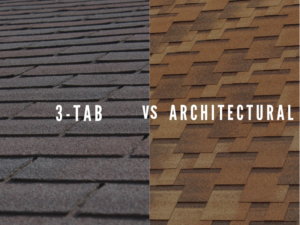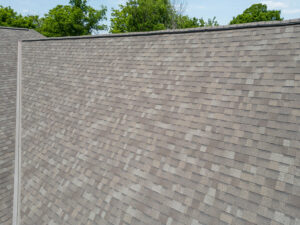What You Need to Know About Roof Construction
Roof construction is an essential component of any building project. It involves planning and designing the structure, selecting the right materials for protection from the elements, and erecting it in a way that will keep its occupants safe. From trusses to rafters and other framing components, metal coverings such as panels and shingles, insulation requirements, ventilation strategies, flashing details – there are many things to consider when constructing a roof. In this article we’ll explore all aspects of modern roof construction so you can make sure your home or business is well-protected against whatever Mother Nature has in store!
One of the first steps in roof construction is selecting an appropriate truss system. Trusses are essential for providing structural support to the roof and come in a variety of shapes and sizes. They are typically made from wood, steel or aluminum and can be customized to fit any building’s needs. It’s important to determine the size and shape of trusses based on what type of covering will be used: metal panels or shingles, for example, require different types of truss systems than tiles or slate.
Rafters are also a key part of roof construction and provide additional support against weight that may be placed on the roof such as snowfall or heavy winds. In most cases they are installed prior to the installation of the covering material but can be installed afterwards if necessary. It’s important to ensure they are securely attached to the trusses, walls, and other framing components otherwise they may become loose over time.
Coverings such as metal panels, shingles, and tiles are also essential for any roof construction project. They provide an extra layer of protection against water intrusion and protect against extreme weather conditions. Metal panels offer superior durability while shingles or tiles can add a more decorative element to the design. Insulation requirements will also need to be taken into account based on climate conditions; R-value ratings determine how much insulation is needed in order to keep energy costs low and maintain comfortable indoor temperatures throughout the year.
Ventilation strategies should also be considered when constructing a roof. Poorly ventilated roofs can cause problems such as mold and mildew buildup, energy inefficiency, and premature aging of the shingles. Proper ventilation helps to reduce heat build-up under the roof, increases airflow for cooling purposes, and improves overall indoor air quality.
Finally, flashing details are another important component to any roof construction project. Flashings provide an extra layer of protection around areas that are vulnerable to water intrusion such as skylights, chimneys, vents, and other elements. They must be installed correctly to ensure your building is properly protected from water damage and structural deterioration over time.
In conclusion, roofing construction involves many steps which require careful consideration and planning. From trusses and rafters to coverings, insulation, ventilation strategies, and flashing details – each element plays an important role in protecting your home or business from the elements. By taking the time to properly plan and build a roof for your building, you can be sure that it will stand up to whatever Mother Nature has in store!

https://www.google.com/maps?cid=2091952965182332475




